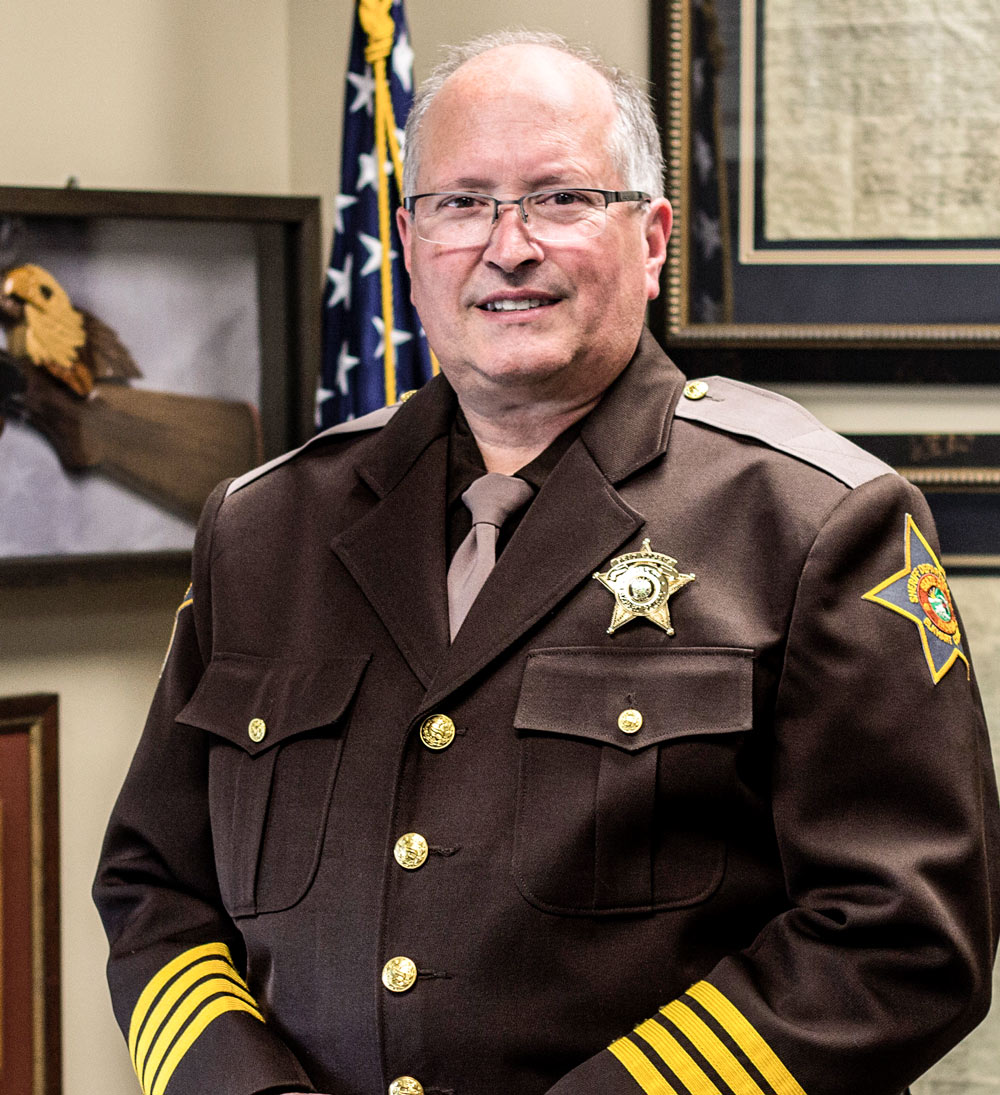Guest Opinion Piece by Bradley D. Rogers, Sheriff (Retired) – Elkhart County, IN.
The Elkhart County Correctional Facility has a current capacity of 1,000 inmates with an additional capacity of up to 3,000 if more housing units are constructed. Our average jail population during 2017 was 953 inmates. Today I have 900 inmates. When opened in 2007, the Elkhart County Correctional Facility was estimated to sustain the incarceration rate for the county for at least 25 years before new housing units would be needed. We had 626 inmates in 2007.
Although Elkhart County continues to stay under our maximum capacity, other counties throughout the state of Indiana have not been as fortunate. Counties of all sizes continue to struggle with housing a high number of inmates in their facilities, often to the point of being overcrowded. Marion County has had to house inmates in other jails including in Elkhart County for a time until I was unable to continue this due to the local jail population increase. According to a 2017 survey conducted by the Indiana Sheriff’s Association, about 40 sheriffs reported over-capacity jails throughout the state. A straightforward report by Vera.org found that “No other state has added so many to its jail population so rapidly since Nevada in 2003.” This is not sustainable.
What changed? In 2015 the Indiana state legislature passed legislation (House Bill 1006) mandating that individuals convicted of Level 6 felonies and below complete their sentence in county correctional facilities instead of where they traditionally were sent, the state prison system run by the Indiana Department of Corrections. This temporarily alleviated the burden on the increasingly overcrowded prisons but did not solve the central issue. Instead, it has simply been shunted over to our county governments and local jails for the local taxpayers to take the full burden of additional construction. Simply put, the deck has been shuffled but the same cards are there.
Granted, there are some benefits to having lower level felons serve their time in facilities closer to home: Family can visit with them easier and in Elkhart County, they have access to numerous programming options that can help them succeed post-incarceration. Many can be transferred to community corrections where steps can be taken to transition them back into our communities.
County correctional facilities are normally not set up to house sentenced offenders for long periods of time. The majority of inmates held by the county are there awaiting trial or sentencing. County commissioners and county councils throughout our state are now confronted with finding creative ways to house the inmates in the current buildings, spending large amounts of taxpayer money to expand these facilities, build new facilities, or risk lawsuits. Hancock County is considering the use of converted semitrailers. Overcrowded jails can cause turmoil among the inmate population, which puts these individuals as well as correctional deputies at risk as they lack the flexibility to classify and house inmates according to their risk or need.
What is the solution to this? The state should increase the stipend it pays to the counties that are required to house these convicted felons, the fee of which hasn’t changed in decades. When it comes to reducing recidivism, very little of the state money meant for mental health treatment and programming actually goes to the county jails; most goes to community corrections facilities.
I do not believe that any of our senators or representatives had bad intentions when this legislation was passed. There were a number of substantiated benefits. However, even actions executed with the best of intentions by our legislature can (and sometimes do) have unintended consequences down the road. It would be wise for our legislators to have a good sit-down with the Indiana Sheriff’s Association and its member sheriffs and other elected county officials throughout the state to listen to what they have to say.

About the Author: Captain Bradley D. Rogers served as the elected Elkhart County Sheriff from 2010 to 2018. A law enforcement veteran of over 35 years, he is the current Corrections (Jail) Division Commander with the Elkhart County Sheriff’s Office.
Captain Rogers was an early implementer of evidence-based programming and recidivism reduction in county jails – a critical component of criminal justice reform. He is an ongoing defender of the right to keep and bear arms. He is a resident of the City of Goshen, Indiana and is a life-long Republican.




